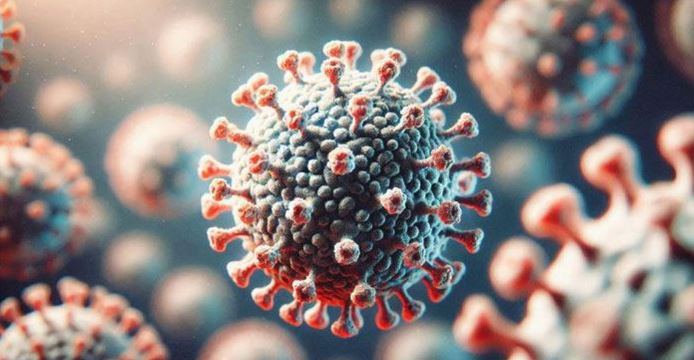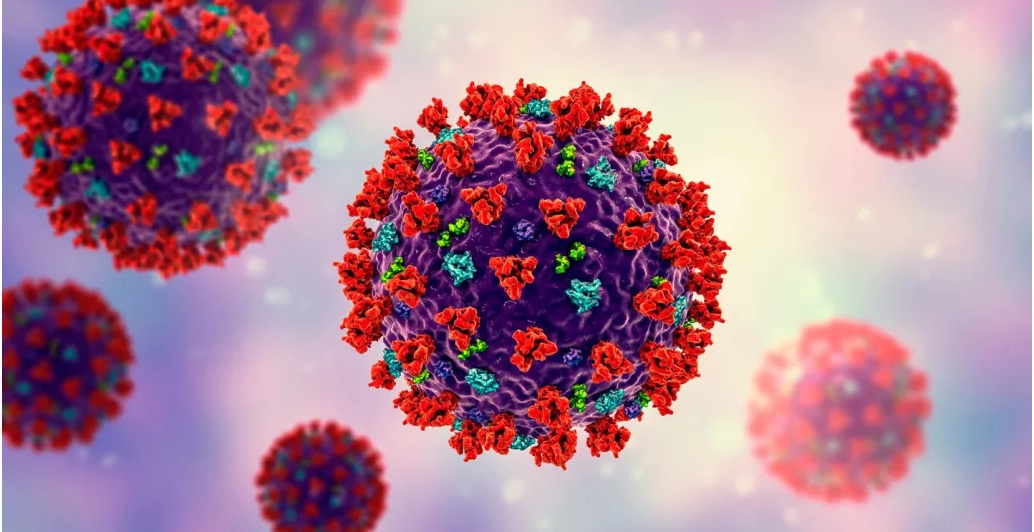
Most athletes' programs are not heavily stacked with steady-state cardio or moderate-intensity continuous training, known as MICT. COURTESY
When you think of professional athletes training, you might have an image of impossibly grueling workouts that the average person could never get through. That isn't exactly accurate. The biggest difference between the way the general public works out and how the pros approach training is style.
Understanding how pro athletes take care of themselves and adopting some of their strategies is well worth the effort for a healthier heart. According to a recent study of nearly 800 professional athletes diagnosed with Covid-19, less than 1% developed cardiac injury.
This is great news in the sports world, considering that early incidences of heart inflammation in athletes, like the case of Boston Red Sox pitcher Eduardo Rodriguez last summer, sparked worry that contracting the coronavirus carried a potentially career-ending risk of cardiac injury. The results of this latest study, published in JAMA Cardiology, foster optimism that there is far less cause for concern when it comes to professional athletes.
For the general population, however, where research shows a higher incidence of heart injury, this news is yet another wake-up call regarding the importance of physical fitness, particularly as it relates to heart health. Your current lifestyle might not afford you the training schedule of a professional athlete, but there are numerous heart-healthy measures used by the pros that you can adopt in your own life.
Read on for three ways you can be as proactive as a pro athlete when it comes to strengthening your heart.
Exercise in intervals vs. steady-state cardio
Many of you reading this may, understandably, prioritize cardio exercise for weight loss and its cardiovascular and respiratory health-boosting abilities. However, very few professional athletes head to the gym to spend long periods of time on the treadmill or elliptical machine.
In my experience working with more than 45 professional sports teams over the last two decades, I can attest that most athletes' programs are not heavily stacked with steady-state cardio or moderate-intensity continuous training, known as MICT. For the most part, athlete strength and conditioning emphasizes interval training, moving from sets of one exercise to another. And this is generally performed in a high-intensity interval training, or HIIT, style, alternating bursts of intense exercise with slower, easier activity.
Why does this difference in training style matter when it comes to heart health?
“There is growing and robust evidence that high-intensity interval training (HIIT) shows similar or greater efficacy compared with MICT across a range of cardiovascular and metabolic measures, in both healthy populations and populations with a chronic illness,” according to 2018 research by Australian scientists at the University of New South Wales published in the Journal of the American Heart Association.
Further evidence of HIIT's heart-strengthening ability was shown in a clinical trial of 93 patients with coronary artery disease published in JAMA Cardiology in 2020. After four weeks, cardiorespiratory fitness improved by 10% with HIIT compared to only 4% with MICT.
To learn how you can safely and effectively add HIIT to your workouts, check out my article “Safely ramp up exercise intensity: How to reboot your workout routine.”
Prioritize rest and recovery
The importance of rest and recovery cannot be overstated for both professional athletes and the general population. Every aspect of a person's physical well-being relies on the ability to recover. The heart muscle is no exception.
“Getting good sleep isn't just important for your energy levels — it's critical for your heart health, too,” according to the US Centers for Disease Control and Prevention. “Adults who sleep less than 7 hours each night are more likely to say they have had health problems, including heart attack, asthma, and depression. Some of these health problems raise the risk for heart disease, heart attack, and stroke.”
That's why many professional sports teams leverage the advice of sleep experts and invest in resources, like napping rooms and sleep pods at their facilities, to help their athletes get optimal rest.
You don't have to be a pro athlete to optimize rest and recovery. Simply start by making it a priority and investing some time and, if possible, a little money into ways you can improve the quality of your sleep. How is your sleeping environment? Is it dark enough? Cool enough? Could you use a more comfortable pillow or mattress?
For more ideas on how to enhance your ability to rest and recover, read my article “Why recovery is the key to effective exercise.” And to help you fall asleep and stay asleep, try this pre-bedtime six-minute routine, based on programs I use with my pro-athlete clients.












0 Comments